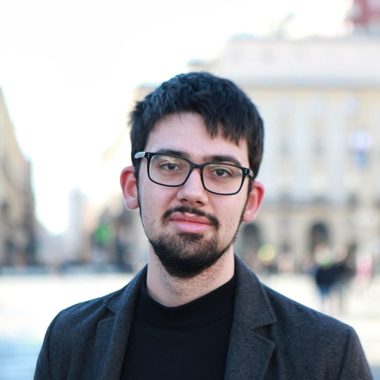There’s one thing in Europe that has been able to unite people across the countries in the old continent in a much more effective way than the political union has ever done. That’s Erasmus, a student exchange program that allows university students to spend a long period in a foreign country’s Athenaeum, partially financed by the European Union.
Born in 1987, the program has seen over 10 million students travelling across Europe under the Erasmus umbrella, a staggering number when compared to the just 3,244 students who managed to apply in 1987.
Since then, much has been added to the program, including a peer-to-peer support network. In addition, the program has been extended to add PhDs as well as secondary school teachers.
However, Erasmus’ main focus is still undergraduate and Master’s students. Usually for them the range of possible destinations is really broad and it allows them to discover many different nations. The most popular are Spain, France, Italy, and Germany.
Generally, 300,000 students take part, although that number was impacted negatively during COVID. However, once again, in 2021-2022, Erasmus has regained it’s popularity.
The strength of the program is the mythology that surrounds the exchange experience. This has been crystallized in movies like L’Auberge Espagnole (the Spanish Apartment). L’Auberge narrates the lives of a group of Erasmus students in Barcelona, where love, ambitions and dreams are intertwined in a way that has portrayed the Erasmus way of life which almost every applicant wishes to experience.
Indeed one thing that is common to hear when talking about Erasmus with someone who has done it is “I haven’t studied anything, I only had fun”.
This may be an exaggeration, but it shows how the Erasmus has not been simply meant as an academic exchange but also a tool to make people discover new cultures and new friends across Europe. This is in harmony with the whole European Union experiment, a chance to feel part of a broader community.
Moreover, sex plays a major role in such an experience, because people in Erasmus, according to the Italian philosopher Umberto Eco, tend to know partners of other nations, which makes possible a future generation of children of the Erasmus with dual national origin and a stronger link to the concept of the modernEurope.
Therefore, Erasmus is in a way political, because it has been a tool to create that European identity useful to legitimize the process of creation of the European Union and its institutions, which donate the money to every applicant, creating a sort of debt of gratitude towards an authority that, especially in the recent years, has been often regarded as distant and impersonal.
Of course Erasmus is not enough by itself to glue together the citizens of Europe–the United Kingdom decided Brexit and contextually renounced the program–but all the same it has been an important step to reach that goal. Erasmus changes forever the life of those who enter. They become the so-called Erasmus generation, an avant garde of the European spirit.
Author
-

Dario Pio Muccilli is the Star-Revue’s Italian correspondent, based in Turin. Email him at muccillidariopio@gmail.com
View all posts
Dario Pio Muccilli is the Star-Revue’s Italian correspondent, based in Turin. Email him at muccillidariopio@gmail.com










